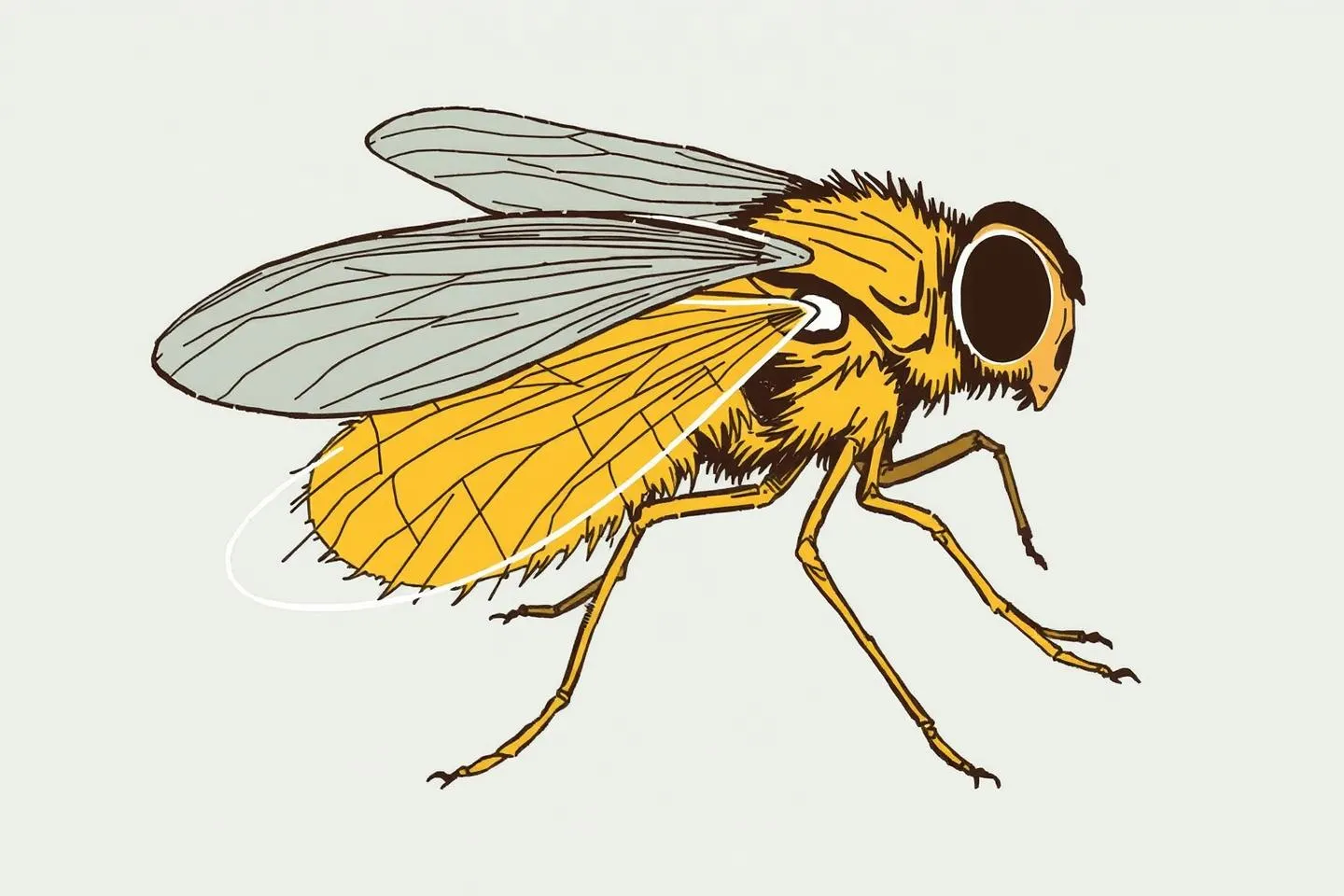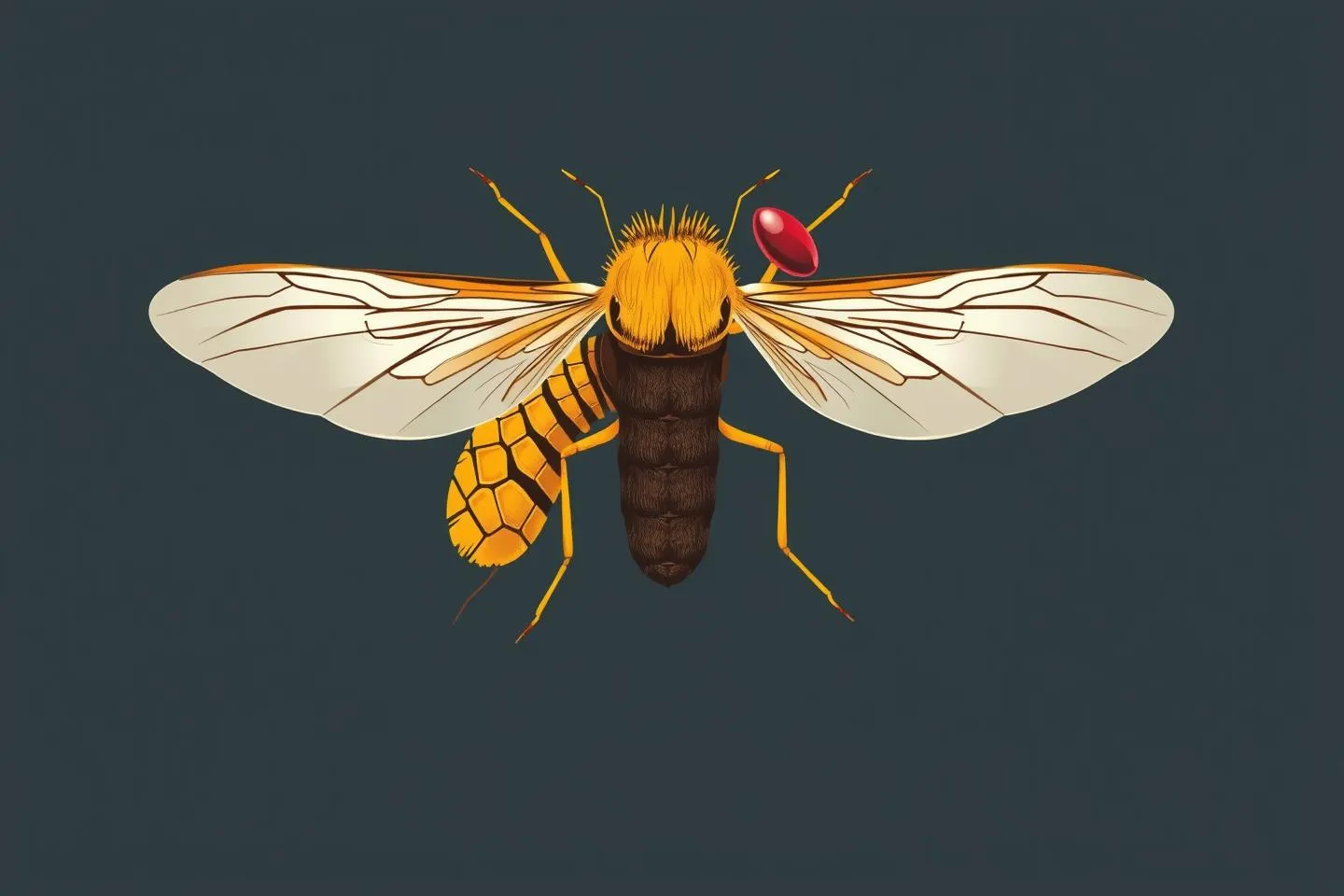Flea Symbolism: Unpacking the Tiny but Mighty Messenger

Fleas, those minuscule yet persistent creatures, have long captured human imagination. Though often dismissed as mere pests, their presence in myths, folklore, and cultural narratives reveals a deeper symbolic significance. From ancient tales to modern metaphors, flea symbolism offers a fascinating lens through which to explore themes of survival, adaptability, and even spiritual growth. Let’s dive into the world of fleas and uncover the layers of meaning they carry.
Ancient Myths and Flea Folklore
Fleas have scurried their way into human stories for centuries. In ancient Egyptian mythology, fleas were sometimes associated with the god Khepri, the deity of transformation and rebirth, symbolizing the idea of small creatures playing a big role in the cycle of life. Similarly, in Chinese folklore, fleas were often depicted as clever tricksters, embodying the idea that even the smallest beings can outwit larger, more powerful forces.
In European folklore, fleas were sometimes seen as omens. Their sudden appearance could signify impending change or disruption, reflecting their ability to invade and unsettle even the most orderly environments. These stories highlight how fleas, despite their size, have been woven into the fabric of human storytelling as symbols of both irritation and resilience.
The Evolution of Cultural Perceptions

Over time, cultural perceptions of fleas have shifted. In medieval Europe, fleas were often associated with poverty and uncleanliness, a reflection of their prevalence in less sanitary living conditions. However, they also appeared in Renaissance art and literature as symbols of persistence and survival, often used metaphorically to critique societal hierarchies or human behavior.
In modern times, fleas have taken on new meanings. While they still symbolize annoyance, they are also celebrated for their adaptability and tenacity. This evolution reflects humanity’s growing appreciation for the natural world and the lessons it offers, even from its tiniest inhabitants.
Fleas in Literature and Art
Fleas have made notable appearances in literature and art, often serving as metaphors for human experiences. In Franz Kafka’s works, for instance, fleas and other small creatures are used to explore themes of alienation and the struggle for survival. Similarly, in Japanese haiku poetry, fleas are sometimes depicted as reminders of life’s fleeting nature and the interconnectedness of all beings.
In visual art, fleas have been used to critique societal norms. For example, Hieronymus Bosch’s paintings often include small, chaotic creatures like fleas to symbolize the disorder and unpredictability of human existence. These artistic representations underscore the enduring symbolic power of fleas across cultures and eras.
Core Traits and Symbolic Implications
At the heart of flea symbolism lies their natural behavior. Fleas are known for their persistence, adaptability, and resilience, traits that have made them powerful symbols in various contexts. Their ability to thrive in challenging environments speaks to the human capacity for survival and resourcefulness.
Fleas are also associated with irritation and disruption, reflecting their role as pests. This duality—being both a nuisance and a symbol of endurance—makes them a rich subject for interpretation. In many cultures, fleas represent the idea that even the smallest forces can have a significant impact, whether positive or negative.
Traditional Meanings Across Cultures
Different cultures have attributed unique meanings to fleas. In Native American traditions, fleas are sometimes seen as messengers, reminding people to pay attention to the small details in life. In African folklore, fleas are often portrayed as clever and resourceful, embodying the idea that intelligence can overcome physical limitations.
In European traditions, fleas have been linked to themes of survival and perseverance. Their ability to withstand harsh conditions and evade capture has made them symbols of resilience and determination. These diverse interpretations highlight the universal relevance of flea symbolism across cultural boundaries.
Fleas in Modern Storytelling and Pop Culture
In contemporary media, fleas continue to serve as powerful symbols. In animated films and children’s stories, fleas are often depicted as underdogs, using their wit and agility to overcome challenges. This portrayal reinforces the idea that even the smallest beings can achieve greatness.
Fleas also appear in modern literature and television as metaphors for societal issues. For example, they might symbolize the persistence of systemic problems or the resilience of marginalized communities. These modern interpretations demonstrate how flea symbolism remains relevant in today’s cultural narratives.
Spiritual Lessons from Fleas
Fleas hold a unique place in spiritual and religious contexts. In some shamanic traditions, fleas are seen as spirit animals that teach lessons about adaptability and perseverance. Their presence in dreams or visions might be interpreted as a call to embrace change and remain resilient in the face of adversity.
In Buddhist teachings, fleas can serve as reminders of the interconnectedness of all life. Their small size and seemingly insignificant role in the ecosystem highlight the importance of every being, no matter how small. This perspective encourages a sense of humility and respect for all forms of life.
Ritualistic Uses and Symbolic Roles
In certain cultures, fleas have played symbolic roles in rituals and ceremonies. For example, in some African tribal traditions, fleas were used in healing rituals to symbolize the removal of negative energy or obstacles. Their ability to jump and move quickly was seen as a metaphor for overcoming challenges and achieving spiritual growth.
In European folk magic, fleas were sometimes used in spells or charms to ward off evil spirits or bring good luck. These practices reflect the belief that fleas, despite their small size, possess a powerful symbolic energy that can be harnessed for protection or transformation.
Related Themes and Common Interpretations
Fleas are often linked to broader themes such as survival, irritation, and adaptability. These themes resonate across different contexts, from personal struggles to societal challenges. For example, fleas might symbolize the persistence required to overcome obstacles or the irritation caused by minor but persistent problems.
In creative works, flea symbolism can be used to explore these themes in nuanced ways. Writers, artists, and filmmakers might use fleas as metaphors for human experiences, such as the struggle for survival or the resilience needed to navigate life’s challenges.
Practical Applications of Flea Symbolism
Understanding flea symbolism can offer valuable insights for daily life. For instance, the flea’s adaptability can inspire us to embrace change and remain flexible in the face of uncertainty. Similarly, their persistence can serve as a reminder to stay determined and resilient, even when faced with seemingly insurmountable challenges.
In creative works, flea symbolism can add depth and complexity to storytelling. By incorporating fleas as symbols or metaphors, creators can explore themes of survival, resilience, and the impact of small but significant forces.
Conclusion: The Enduring Power of Flea Symbolism
From ancient myths to modern metaphors, flea symbolism offers a rich tapestry of meanings. These tiny creatures, often overlooked or dismissed, carry profound lessons about survival, adaptability, and the interconnectedness of all life. Whether in folklore, literature, or spiritual teachings, fleas remind us that even the smallest beings can have a significant impact. By exploring their symbolism, we gain a deeper appreciation for the resilience and resourcefulness that define both fleas and humanity.
So the next time you encounter a flea—whether in a story, a dream, or even in real life—take a moment to consider the deeper meanings it might carry. After all, even the tiniest creatures can teach us the biggest lessons.